According to the forecasts of the European Steel Manufacturers' Association (EUROFER), steel production in Europe may fall by 4% in 2022 due to the closure of production facilities.
However, if demand improves in the third quarter of 2023, European companies will be able to cover production despite factors such as the war in Ukraine, general uncertainty, the energy crisis and rising inflation. If the situation does not worsen in the coming months, an improvement can be foreseen, as in the post-Covid era.
Experts reminded that not only the production but also the demand for steel fell. According to EUROFER estimates, the consumption of metal products in the EU will decrease by 3.5% in 2022 and by 1.9% in 2023.
It is in question that the EU economy will enter a technical recession in the third and fourth quarters of 2022, but an improvement from the second quarter of 2023 is among the expectations; however, many factors remain unclear.
The economic growth of the European Union has been slowing since the third quarter of 2021 due to the continued impact of negative factors such as supply chain problems, energy prices, high inflation. Now, the tightening of monetary policy, the slowdown in China's economic growth and the war in Ukraine have worsened GDP growth prospects for all advanced economies.
Energy inflation in the Eurozone in September 2022 was 41%. Gas prices rose 20 times year on year, but then fell 70% from their peak in August. Experts say higher gas prices will increase the cost of production for all energy-intensive industries in Europe, including metallurgy. Gas prices are still expensive despite the decline and in the next few months much will depend on the situation in Ukraine. According to EUROFER representatives, the European Union should act as the sole buyer of energy resources or take joint political steps.


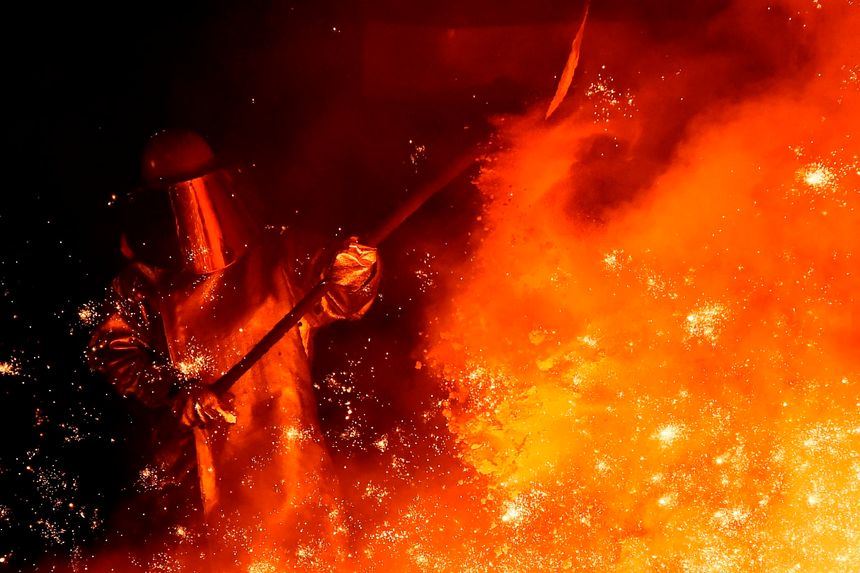
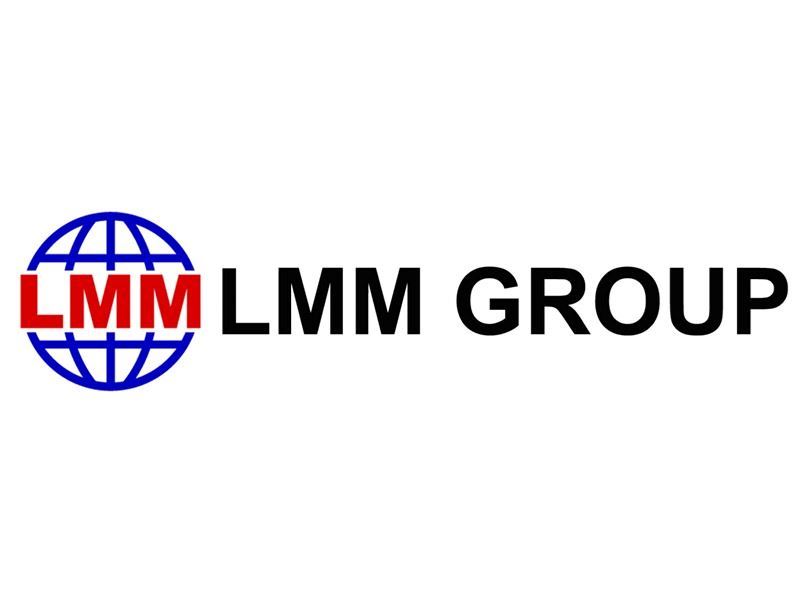
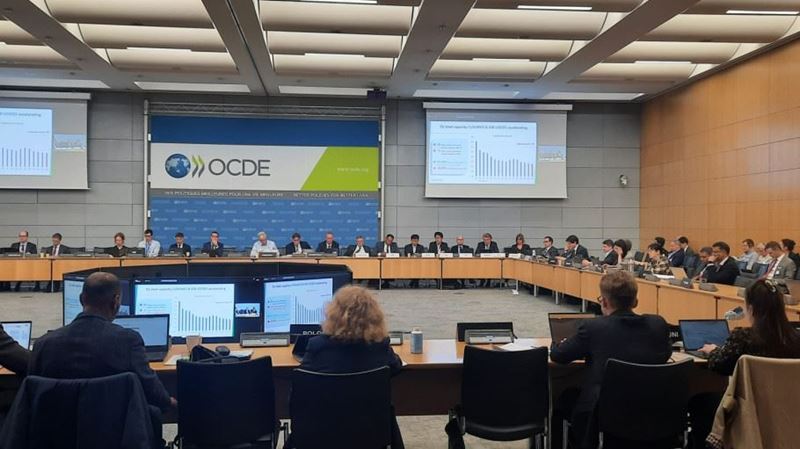
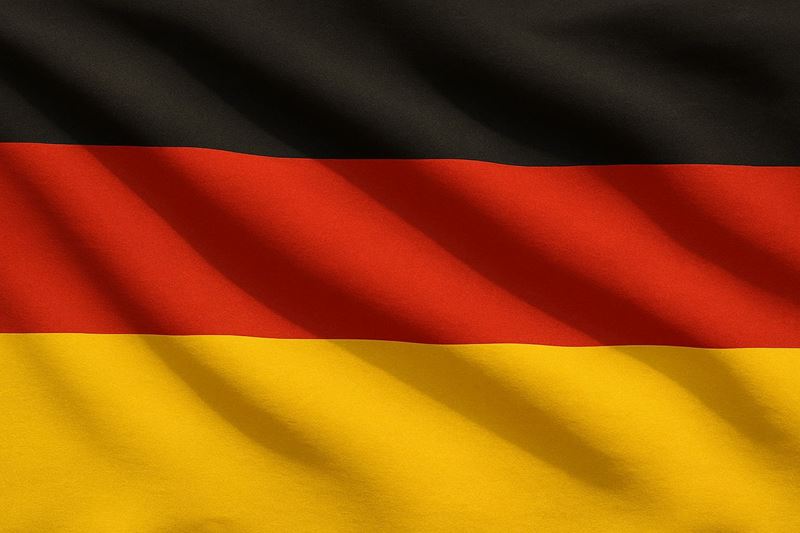
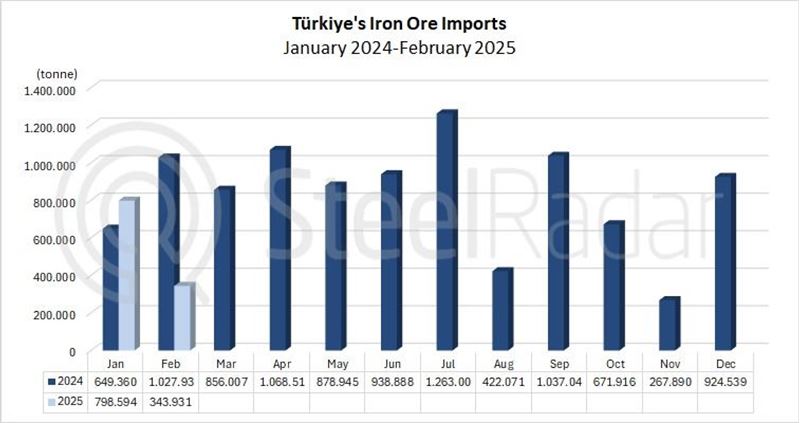
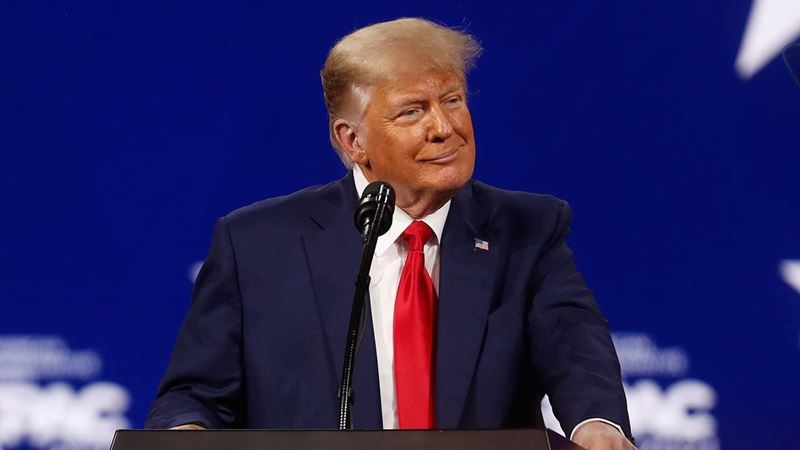

Comments
No comment yet.